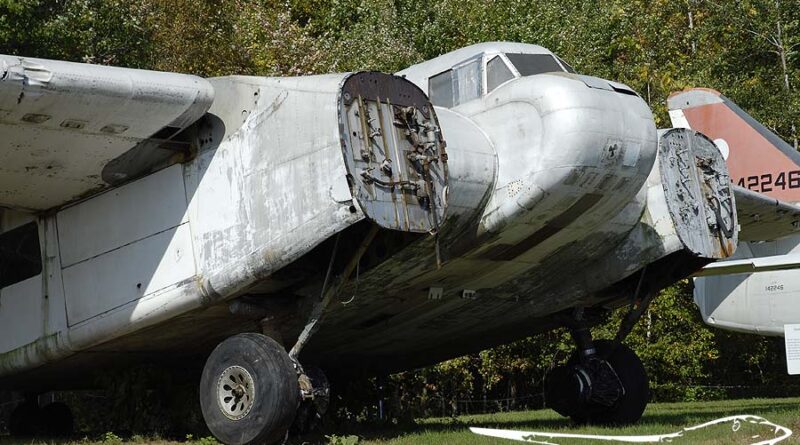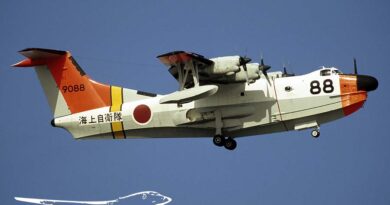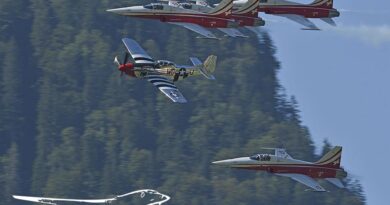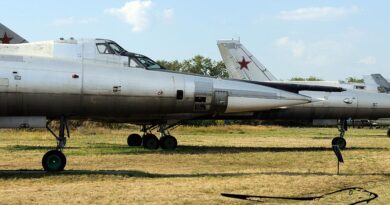Canadian Car & Foundry CBY-3 Loadmaster
Technische Daten
Besatzung/Crew: 3
Antrieb/Powerplant: 2 Pratt & Whitney R-1830 mit je 895 kW
Länge/Lenght: 16,61 m
Spannweite/Span: 26,2 m
Höhe/Height: 4,06 m
Flügelfläche/Wing area: 58,4 m²
Leermasse/Empty weight: 7620 kg
Startmasse/Take-off weight: 12247 kg
Reisegeschwindigkeit/Cruise speed: 311 km/h
Höchstgeschwindigkeit/ max. speed: 356 km/h
Dienstgipfelhöhe/Service ceiling: 5900 m
Reichweite/Range: 1900 km
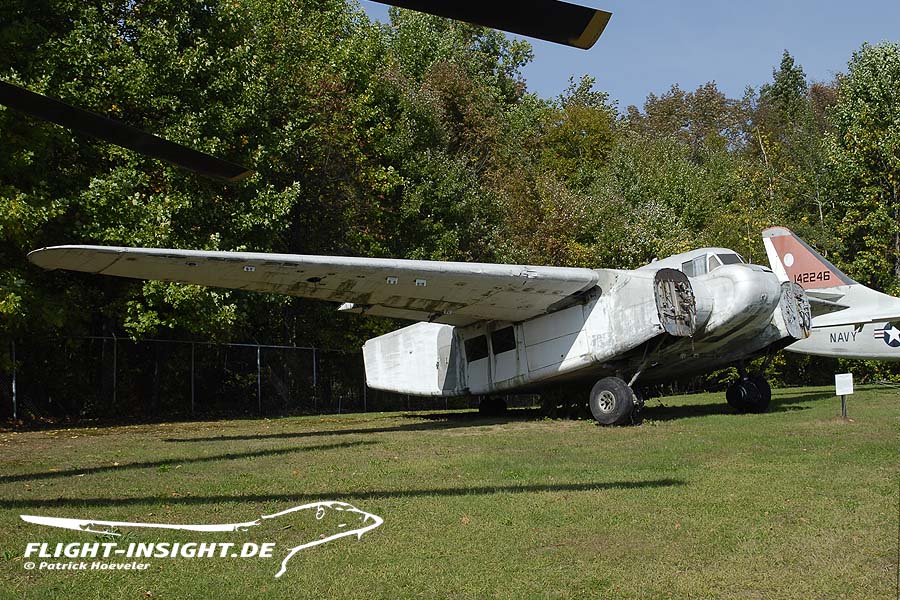
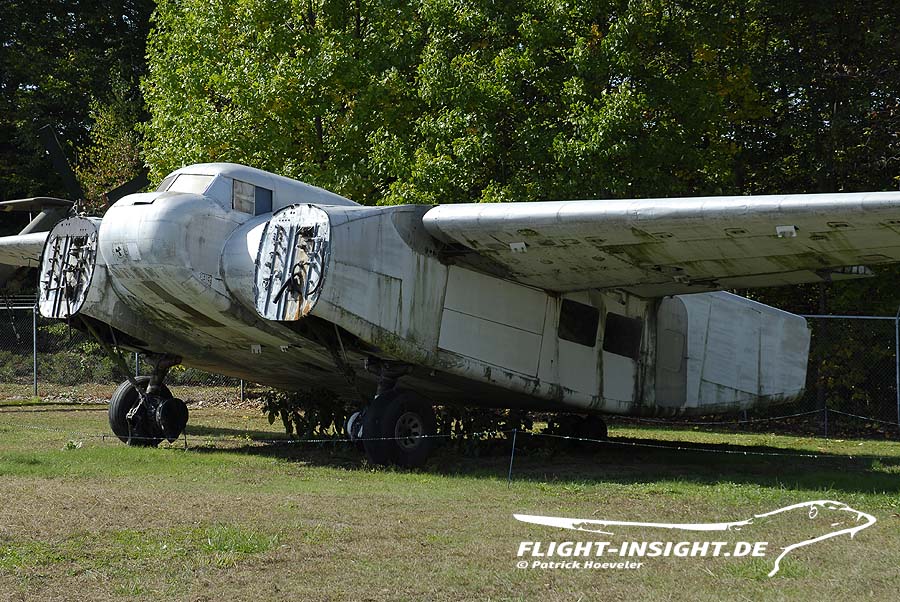
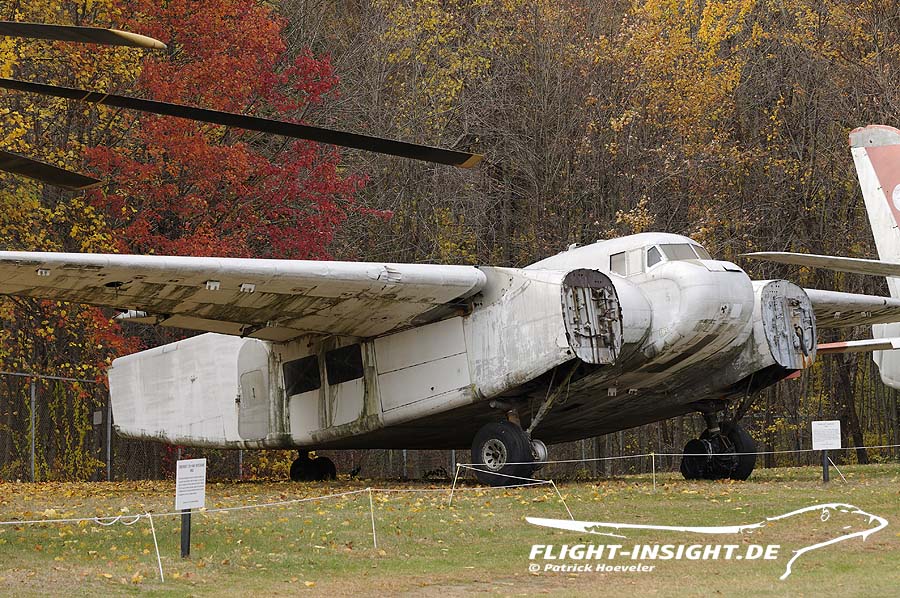
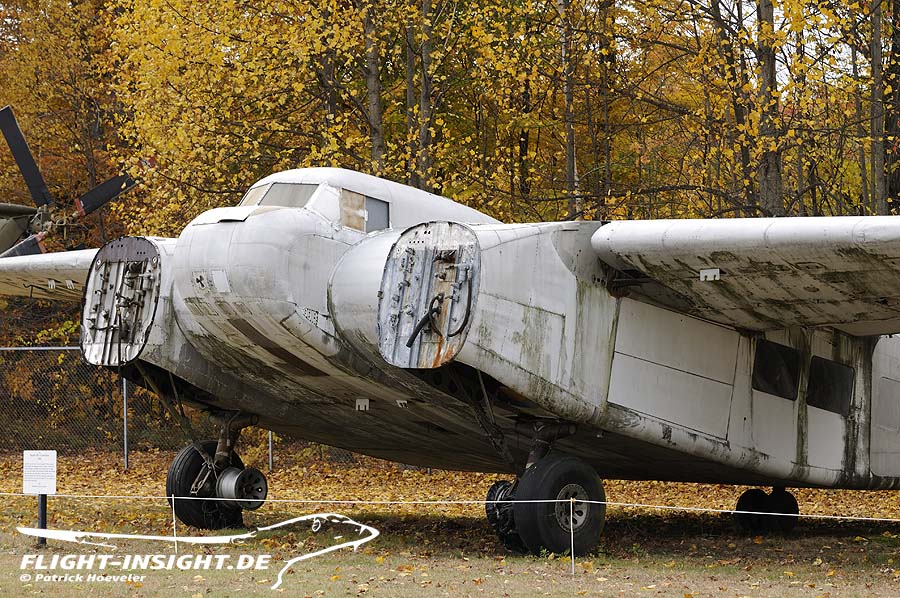
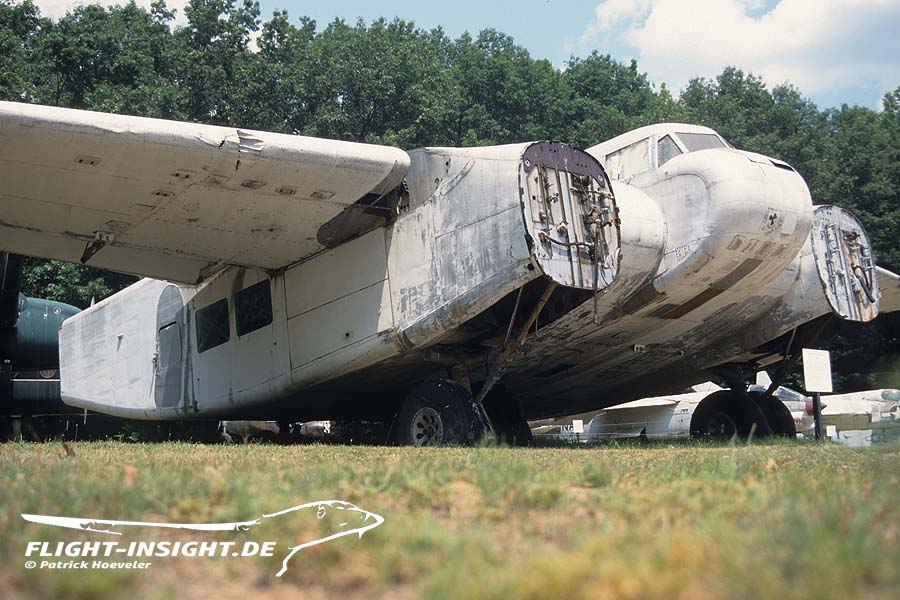
In the search for efficient flying machines, designers pursued different paths, especially in the early days of aviation. Vincent Burnelli’s work was characterised by a particularly unusual approach: the fuselage, shaped like a wing, was to generate half of the lift and thus make smaller wings possible, among other things. His first work in this direction was the RB-1 biplane from the 1920s. The fuselage with its constant width had essentially the shape of a wing profile. There were windows in the straight sides for the up to 32 passengers. The two engines sat side by side at the front; directly behind them was the open cockpit. Burnelli remained true to this concept in his subsequent designs, which, however, were almost all to remain unique.
Only one representative of his aircraft has survived to this day: the CBY-3 was also his last produced model. Called the Loadmaster, it was built after the end of the Second World War by a subsidiary of the Canadian Car & Foundry Company in Montreal. The fuselage, which was again based on a wing profile, had room for 22 passengers plus cargo as well as three crew members. The large cargo doors on the sides made it possible to transport goods up to six metres long. Propulsion consisted of two Pratt & Whitney R-1830 radial engines. Behind the fuselage, Burnelli arranged two tail booms to attach fins and rudders. On 17 August 1945, the CBY-3 took off from Cartierville Airport near Montreal for its maiden flight. Despite numerous demonstrations, no customers could be found and Burnelli sold the rights to a US company in order to concentrate on other projects, which, however, remained on the drawing board. Even a planned polar expedition, for which the aircraft was prepared to transport 41 sled dogs and 20 explorers, did not materialise. The engineer died on 22 June 1964. The Loadmaster flew for various operators, including in Venezuela, until the 1960s. It is thanks to Burnelli’s widow that the transporter still exists: As a memento of her husband, she wanted to preserve the aircraft for posterity and conveyed it to the New England Air Museum in Windsor Locks, Connecticut, where the CBY-3 can still be seen today. After decades in the open air, restoration finally began in 2014.

